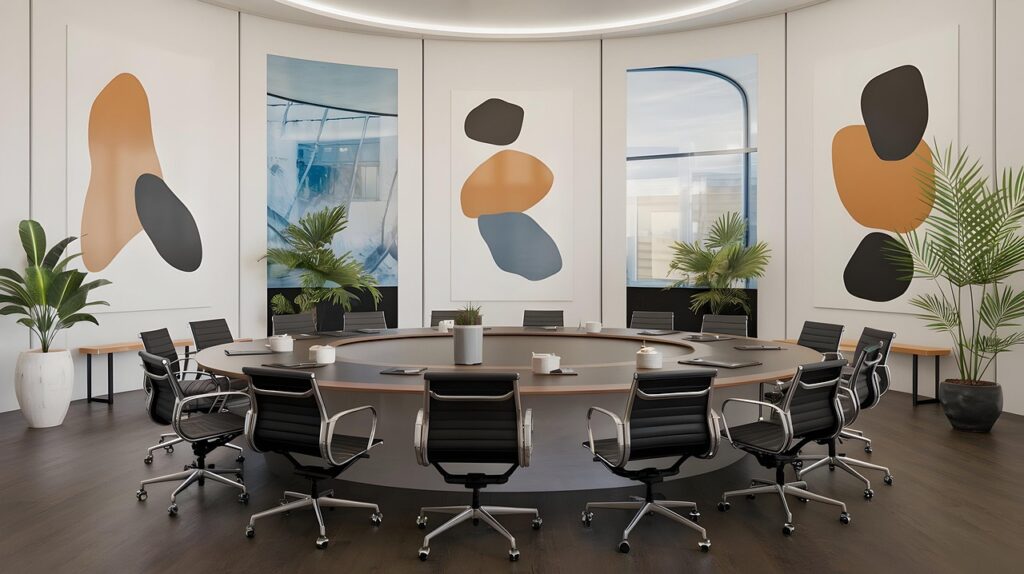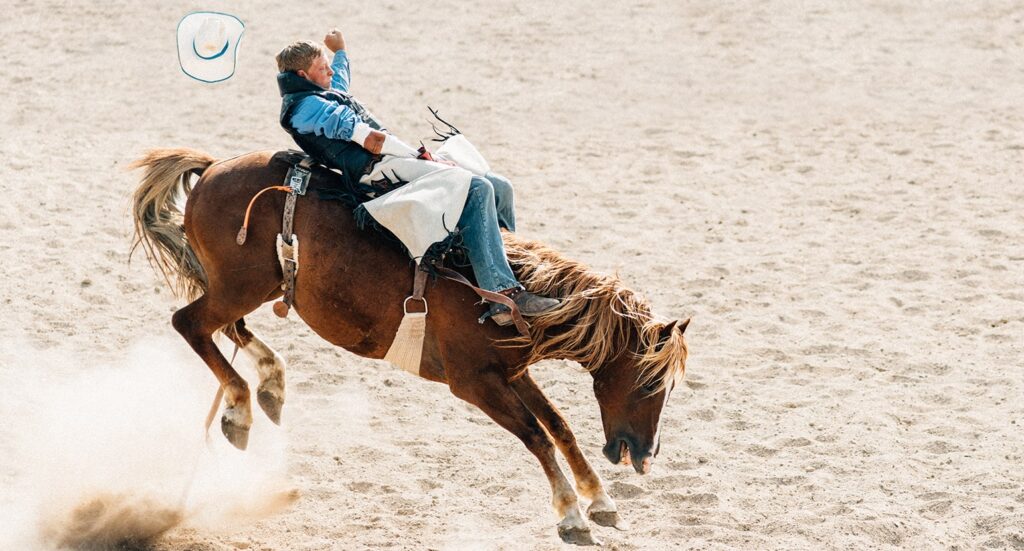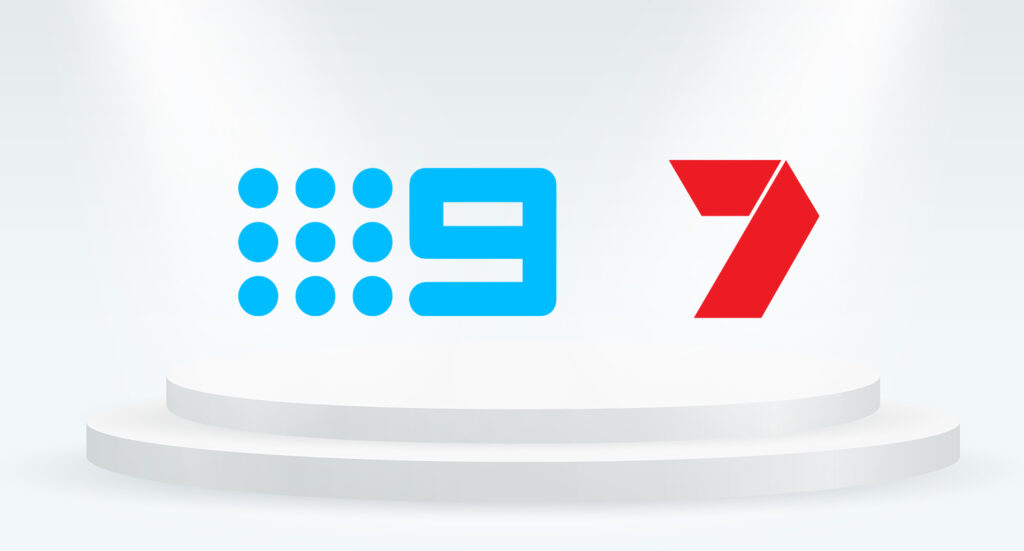It’s going to take a mindset shift from protectionism to partnership to save Australian media companies. Ben Willee, executive director of media and data at advertising agency Spinach, explains.
Australian publishers are like the Wallabies – plenty of talent, plenty of heart, but always one step behind when it comes to working as a team.
I don’t know Ben Shepherd personally, but I enjoy his opinions. Recently, he made the point that the future of TV must be a walled garden. His LinkedIn post argued that the survival of Australia’s TV industry needs to be “predicated on doing something that bold that ensures there is a future of TV.”
I agree wholeheartedly. But we need to go further.
We’re not just talking about the future of TV. We are talking about the future of Aussie media companies. I can hear the groans from here. If Australian media businesses were any more allergic to collaboration, they would need an EpiPen just to survive a roundtable.
But let’s not forget, this isn’t just about ad dollars, it’s about democracy.
The fourth estate exists to hold power to account, to inform the public, and to ask the questions no one else dares to. But that role becomes harder to play when the commercial foundations beneath it are being quietly siphoned off by platforms whose algorithms prioritise outrage over accuracy.
If we want journalism with a spine – not just clickbait in a trench coat – we need a media ecosystem where the fourth estate can survive, thrive, and do its bloody job.
The IAB estimates that Google and Meta account for more than 70 per cent of all digital advertising revenue in Australia. It’s been reported that Meta’s Australian revenues rose $110 million in the 12 months to December 31, up from $1.34 billion in the previous year. If things keep heading in this direction, how long will we have an Australian media industry?
There are many reasons big tech is stealing a bigger slice of the advertising pie in Australia, but here are the top three:
- Self-service – our staff can set up campaigns in their undies, at a time that suits them, relatively easily.
- Data and addressability – Big Tech knows more about you than your mother. It is collecting signals from more activities than I care to think about, and that creates some very powerful targeting.
- AI/tech/innovation – the tech gets better all the time, which means the effectiveness gets better all the time.
So what can Australian media companies do about a coordinated, data-rich, AI-powered duopoly that’s hoovering up dollars and attention spans with the efficiency of a Dyson on steroids?
It starts with collaboration to make it easier for advertisers to trade by creating an Australian media marketplace. A walled garden. One where publishers have control over what inventory is available to advertisers, which reduces arbitrage from bad actors and increases yield for publishers.
It doesn’t necessarily mean one exchange for media, but ideally a location where agency DSPs (Demand Side Platforms) and also an interface for direct advertisers. This isn’t just media companies either; get clients on board by having them include their retail media. Then they have a vested interest.
Next, Aussie publishers need to pool their data assets. Right now, they’re sitting on a bunch of small, disconnected wells. But imagine if they pooled that data to bring together audience behaviour, content preferences, hashed email IDs, and then created a unified identity solution? Suddenly, you’re not just selling impressions, you’re selling precision.
Advertisers don’t want fragmented reach, they want scale, accountability, and the ability to connect with real people across trusted environments. Shared data sets and email-based targeting can deliver that.
On their own, publishers offer pockets of value. Together, they could offer a full-stack, privacy-compliant alternative to the walled gardens. That’s when the sum becomes not just greater, but genuinely competitive.
The time has also come to get rid of the individual industry bodies. I appreciate there has been some excellent work done by Think TV, Commercial Radio Australia and Think News Brands, however, that ship has well and truly sailed. As they say, don’t spend time beating on a wall, hoping to transform it into a door. This is more important than individual mediums.
Australian media has the smarts. It has the talent. And despite the headlines, it still has the audience. What it needs now is a mindset shift: from protectionism to partnership. From me-first to we-must. It’s a time to stand together and remind brands why premium, brand-safe, local content matters.
None of this is going to be easy. Collaboration means compromise. It means old rivals sitting at the same table, tech teams talking to each other, and salespeople agreeing on shared goals instead of undercutting each other on CPMs.
It’ll be messy, political, and at times downright painful. But doing nothing? That’s worse. That’s handing over your future to platforms that don’t care about local journalism, Australian stories, or the long-term health of our media ecosystem.
The status quo isn’t safe, it’s just a polite way of watching the walls crumble while pretending you’re renovating.




